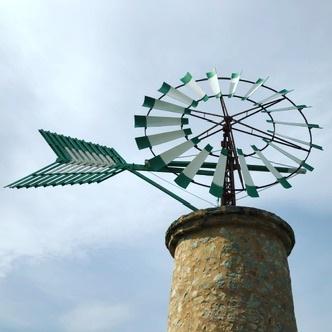What are the main differences between the Catalan spoken in Mallorca and that spoken in Valencia?
Similar Topics
catalan dialects
mallorcan catalan
valencian catalan
balearic dialect
phonetic differences
lexical variations
grammatical traits
regional language influence
The Catalan spoken in Mallorca and the Catalan spoken in Valencia both belong to the broader Catalan language, but they exhibit notable differences shaped by historical, geographical, and cultural factors. Mallorcan Catalan, often referred to as Mallorquí, is part of the Balearic dialect group. It tends to preserve some older linguistic forms and vocabulary that have gradually changed or disappeared in other Catalan-speaking areas. On the other hand, Valencian, the variety of Catalan spoken in the Valencian Community, has developed along its own path, influenced by contact with Castilian Spanish and regional traditions. Although mutually intelligible, the two dialects bear distinctive phonetic, lexical, and grammatical traits.
Phonetically, Mallorcan Catalan is characterized by a softer, more open vowel system and a tendency to pronounce certain consonants in ways that may seem unusual to Valencian speakers. The vowels often sound broader, and some diphthongs are realized differently from those in Valencian. Meanwhile, Valencian Catalan typically has a clearer enunciation with more pronounced diphthongs, and its intonation patterns bear subtle shifts reflecting its unique regional identity. Lexical differences are also prominent; Mallorcan speech includes words and expressions rooted in the island's rural and maritime culture, while Valencian incorporates terminology influenced by its historical agricultural prominence and proximity to Aragonese linguistic zones.
Grammatically, both dialects mostly follow the same Catalan norms but display minor variations in verb conjugations and the use of pronouns or prepositions, reflecting regional linguistic preferences. Sociolinguistically, Mallorcan Catalan enjoys strong local pride and is widely used in everyday life, although it is often in contact with Spanish and tourism-related languages. Valencian, meanwhile, is officially recognized alongside Spanish and enjoys institutional support, which influences language usage patterns and education. While differences exist, the shared roots of both dialects highlight their place within the rich tapestry of Catalan language and culture, offering travelers an opportunity to appreciate regional diversity while experiencing a common linguistic heritage.
Phonetically, Mallorcan Catalan is characterized by a softer, more open vowel system and a tendency to pronounce certain consonants in ways that may seem unusual to Valencian speakers. The vowels often sound broader, and some diphthongs are realized differently from those in Valencian. Meanwhile, Valencian Catalan typically has a clearer enunciation with more pronounced diphthongs, and its intonation patterns bear subtle shifts reflecting its unique regional identity. Lexical differences are also prominent; Mallorcan speech includes words and expressions rooted in the island's rural and maritime culture, while Valencian incorporates terminology influenced by its historical agricultural prominence and proximity to Aragonese linguistic zones.
Grammatically, both dialects mostly follow the same Catalan norms but display minor variations in verb conjugations and the use of pronouns or prepositions, reflecting regional linguistic preferences. Sociolinguistically, Mallorcan Catalan enjoys strong local pride and is widely used in everyday life, although it is often in contact with Spanish and tourism-related languages. Valencian, meanwhile, is officially recognized alongside Spanish and enjoys institutional support, which influences language usage patterns and education. While differences exist, the shared roots of both dialects highlight their place within the rich tapestry of Catalan language and culture, offering travelers an opportunity to appreciate regional diversity while experiencing a common linguistic heritage.
🧩 Related Questions
Related Question
How do the climate and soil conditions of Mallorca contribute to the quality of its almonds?
Related Question
What role do top cardiovascular health research centers outside of Spain play in the development of treatments for visitors from Mallorca?
Related Question
What strategies are beekeepers in Mallorca using to adapt to the limited land area for foraging?
